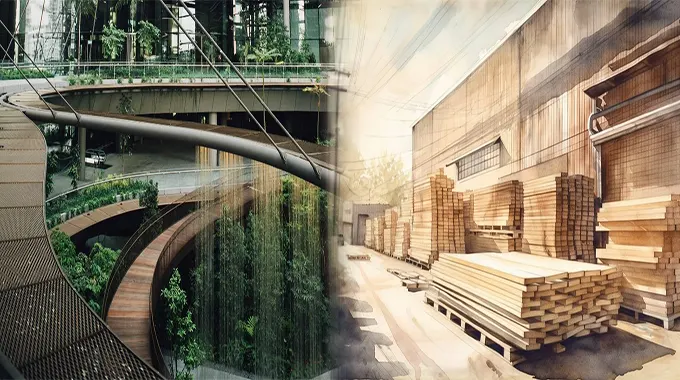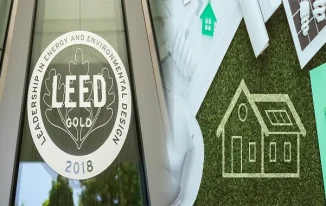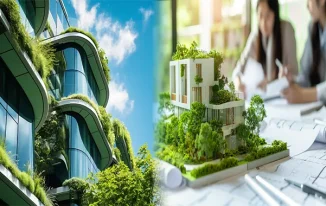In recent years, there has been a growing awareness of the environmental impact of construction and an increased emphasis on sustainability. As a result, many construction professionals are seeking to incorporate green building materials into their projects. This article will explore the benefits of using green building materials and provide practical tips on how to incorporate them into construction projects.
Benefits of Green Building Materials
Green building materials offer a range of environmental and economic benefits. They are typically manufactured using sustainable processes and materials, which helps reduce the impact on the environment. Additionally, green building materials often have a longer lifespan and lower maintenance requirements, leading to cost savings over time. Furthermore, using these materials can contribute to a healthier indoor environment by minimizing exposure to harmful chemicals and improving air quality.
Tips for Incorporating Green Building Materials
1. Research and select appropriate materials
Before starting a construction project, it is essential to research and carefully select the most appropriate green building materials for the specific project requirements. Consider factors such as durability, energy efficiency, and environmental impact when making material choices.
2. Utilize sustainable construction methods
Incorporating green building materials should go hand in hand with sustainable construction methods. Utilize techniques such as passive solar design, natural ventilation, and efficient insulation to maximize the benefits of green materials.
3. Prioritize recycled and renewable materials
Opt for building materials that are made from recycled or renewable sources. Examples include recycled metal, reclaimed wood, bamboo, and cork. By using these materials, construction professionals can minimize their reliance on virgin resources.
4. Ensure energy efficiency
Integrate energy-efficient materials into the design and construction process. This can include high-performance windows, insulation, and roofing materials that contribute to reducing energy consumption and lowering long-term operating costs.
5. Consider certifications and standards
Look for green building material certifications and standards such as LEED (Leadership in Energy and Environmental Design) to ensure that the materials meet specific environmental performance criteria. Adhering to these standards can also enhance the market value of the constructed building.
6. Collaborate with suppliers and contractors
Work closely with suppliers and contractors who understand the importance of green building materials and sustainable construction practices. Collaboration with knowledgeable partners can help ensure the successful integration of green materials into the construction process.
Incorporating green building materials in construction offers numerous benefits for both the environment and the long-term performance of buildings. By carefully selecting and utilizing these materials, construction professionals can contribute to a more sustainable and environmentally friendly built environment. With the right research, planning, and collaboration, the integration of green building materials can become a standard practice in the construction industry.














